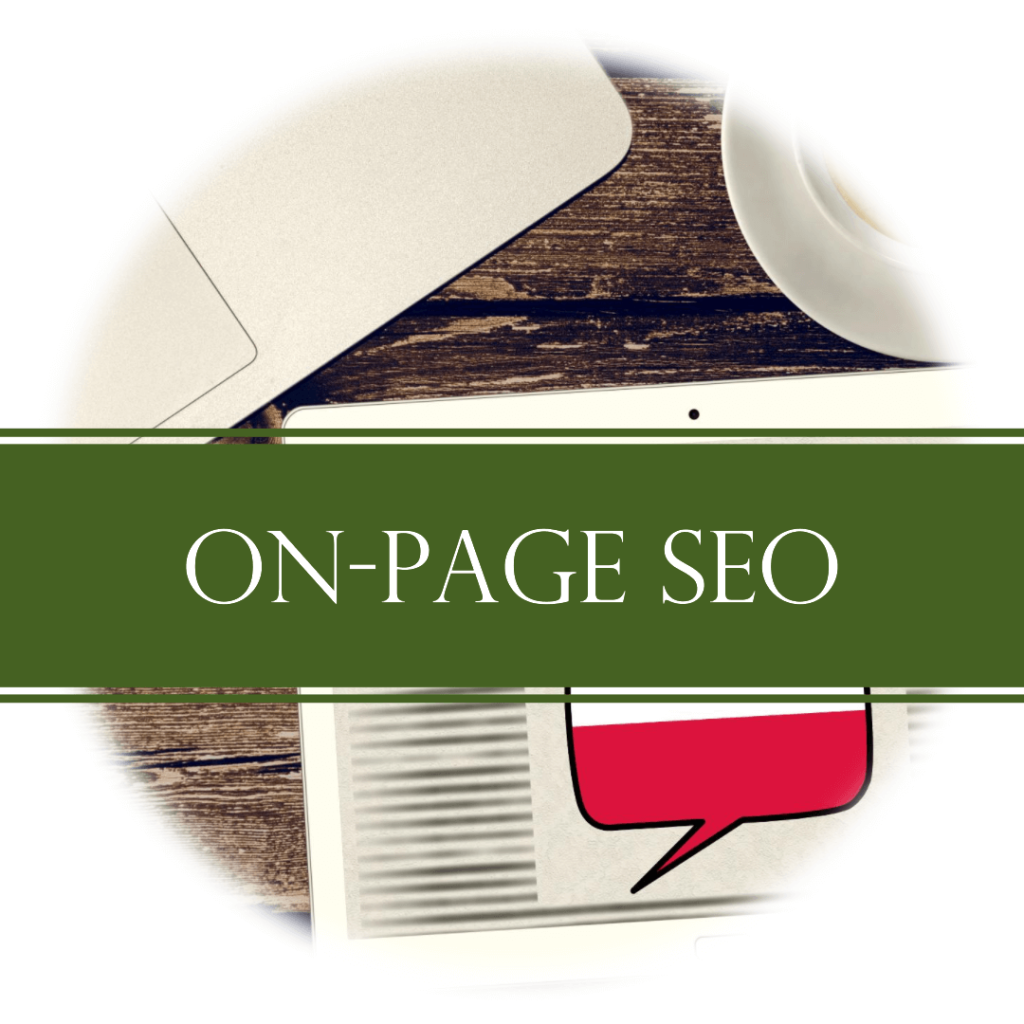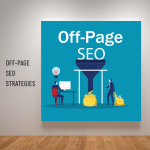Introduction
In today's digital landscape, writing blog posts that are optimized for search engines is crucial for online success. By following a data-driven approach and incorporating SEO strategies, you can create content that ranks higher and attracts organic traffic. In this article, we will explore the key elements of writing SEO-optimized blog posts and how to leverage AI tools to enhance the process.
Crafting SEO-Friendly Blog Posts
Target Keyword Placement
To optimize your blog post for search engines, it's essential to strategically place your target keyword throughout the content. Here are some key areas where the target keyword should be included:
– URL: The target keyword should be incorporated into the URL structure of your blog post. This ensures consistency and helps with search engine rankings.
– Heading: The target keyword should be present in the H1 title, which acts as the main heading of your blog post.
– Introductory Paragraph: Including the target keyword in the introduction of your blog post signals its relevance to search engines.
– Headings (H2): H2 headings carry significant weight in terms of SEO. Incorporate the target keyword into H2 headings to further emphasize its relevance.

On-Page SEO Checklist
To optimize your blog post for search engines, it's crucial to follow an on-page SEO checklist. Here are some key elements that should be considered:
– Meta Description: Craft a concise and engaging meta description that includes the target keyword and encourages users to click on your link.
– Schema Markup: Implement schema markup to provide search engines with additional context about your content, such as article type, ratings, or dates.
– Images: Incorporate relevant images throughout your blog post to enhance visual appeal and engage readers.
– Semantic Keywords: Apart from the target keyword, include semantically related keywords that are naturally incorporated into the article.
Leveraging AI Tools
AI tools can significantly streamline the process of writing SEO-optimized blog posts. Here are some AI tools that can be utilized:
– Surfer SEO: This tool employs AI to analyze the top-ranking websites for a given keyword and provides insights on content optimization. It assesses factors like word count, headings, and keyword density to ensure your content meets the required standards.
– Kadence Blocks: This tool simplifies the formatting process, allowing you to create visually appealing blog posts effortlessly. It offers a variety of blocks, such as table of contents, headings, and images, to enhance the structure and readability of your content.
– Chat GPT: AI-powered tools like Chat GPT can assist in generating content based on specific instructions. However, it's crucial to edit the output to ensure it aligns with human-written quality and avoids potential penalties from search engines.
– Content at Scale: This tool utilizes AI to automate the content creation process. It generates complete articles based on your specifications, including introductions, headings, and conclusions. However, it's important to review and customize the output to maintain uniqueness and quality.
Writing for Humans and Ensuring Engagement
While optimizing blog posts for SEO is essential, it's equally important to create content that captivates and engages human readers. Here are some key factors to consider:
– Sticky Content: Craft your content in a way that encourages readers to stay on your page and explore further. Aim to provide comprehensive and valuable information that satisfies their search intent.
– User Experience: Optimize the readability of your blog posts by using short paragraphs, bullet points, and easy-to-read fonts. Break up the text with headings, images, and bold text to enhance the overall user experience.
– Ending the Search Journey: The ultimate goal of a well-written blog post is to provide readers with the information they were seeking, ensuring they don't need to visit other pages. This improves your chances of ranking higher and gaining authority in your niche.
Conclusion
Writing SEO-optimized blog posts requires a balanced approach that combines data-driven strategies with engaging content. By following on-page SEO techniques, leveraging AI tools, and focusing on creating content that captivates readers, you can increase your chances of ranking higher in search engine results and driving organic traffic to your blog. Remember to continuously refine your process, experiment with different approaches, and stay updated with the latest SEO trends to maximize the impact of your blog posts.








